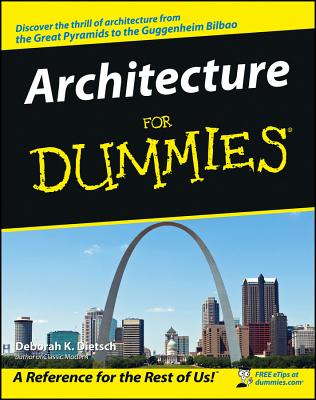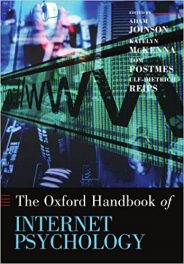Author: Deborah K. Dietsch. Foreword by Robert A.M. Stern, Dean of the Yale School of Architecture
Publisher: For Dummies – An Imprint of Wiley Publishing – 308
Book Review by: Venkat Subramaniam
This book can be read by non-architects to learn about architecture or by architects as a reference source. If you are planning on a custom-built structure as your new residence or a commercial building for your business, this book can provide you a lot of knowledge and helpful insight. It gets you thinking on areas you didn’t consider.
And there is no doubt a lot of information within its 300-plus pages contained in 24 chapters organized into six parts, which are:
- Knowing and Appreciating Architecture
- Nuts and Bolts: Looking at How Architecture Is Designed and Built
- Western Architecture: A Survey of the Most Important Structures
- Eastern Architecture: A Survey of the Most Important Structures
- Arranging the Present and Saving the Past
- The Part of Tens
An Introduction tells you about this book, how its content is organized and how best to use it for your maximum benefit. You can search for information first by looking at the titles of its six parts, then by the chapter titles and finally by the topics covered within each chapter.
Look on page five for the icons used in this book so you can understand what each means. They provide useful bits of information to help you better grasp the subject matter in this book.
Architecture like other art forms is obviously subjective, but three elements make a building a work of architecture: beauty, function and structure, the author points out. You probably have seen buildings, even very expensive ones, or those that required a lot of effort and time to build, that you love but others hate. I have seen one in Mumbai belonging to one of the richest families in the world which I feel looks like anything but beautiful. But the owner had it built to his liking.
Works of architecture have to be experienced in order to be appreciated or not, asserts Deborah Dietsch. I agree. You cannot look at photos of structures to get a feel for them. You need to walk through them to feel the space or lack of it, and the light, natural or man-made or a combination. Is there symmetry in its design? Do the various parts of the building inside and outside blend well or clash?
While this book cannot put those feelings into you to help you design or buy a piece of architecture, it points out the things you can and should look for, so you will be pleased with your finished work or purchase. Reading chapter 1 – Knowing When a Building is Just a Building and When It’s Architecture – will help you in this initial task.
The range of the subject matter covered in this book is very wide. It shows you for example, what architects do, how buildings are born, what makes them stand, and how to develop a vocabulary of architecture so you can express what you see in a building.
Examples of famous Eastern and Western structures are discussed and what unique characteristics made them important and unusual; how features from arches to vaults are built; why math is essential in architecture and how it helps the architect in his creative process; the evolution of architectural forms from ancient times to the modern age, such as from domes to skyscrapers.
The author also takes you on a tour of buildings in which Mother Nature helped in designs of the past and how machines took important roles in designing the present. She shows you why the only constant in architecture is change.
Full-color photos of architecturally unique structures in Austria, England, France, Greece, Italy, Japan, Spain, the Netherlands and in various places the United States are presented to you as part of your learning experience. Black-and-white photos of noteworthy buildings in other parts of the world such as Cambodia, India and the Middle East are also shown.
This is a very useful book of knowledge and reference on architecture by someone who has learned and understood the subject well and also possesses the ability to write well, making it easy for readers to comprehend the many aspects she covers in it.
Deborah K. Dietsch is a Washington D.C.-based writer who specializes in architecture and design. She is the author of Classic Modern: Midcentury Modern at Home and Dream Pools. Additionally, she frequently writes for The Washington Post and other various magazines.
Dietsch received a Master of Architecture degree and a Master of Science in Historic Preservation degree from Columbia University. After working for several New York architecture firms, she began a career in journalism. From 1989 to 1997, she was editor-in-chief of Architecture magazine. During her tenure the publication received dozens of editorial and design awards and critical praise from the profession.







